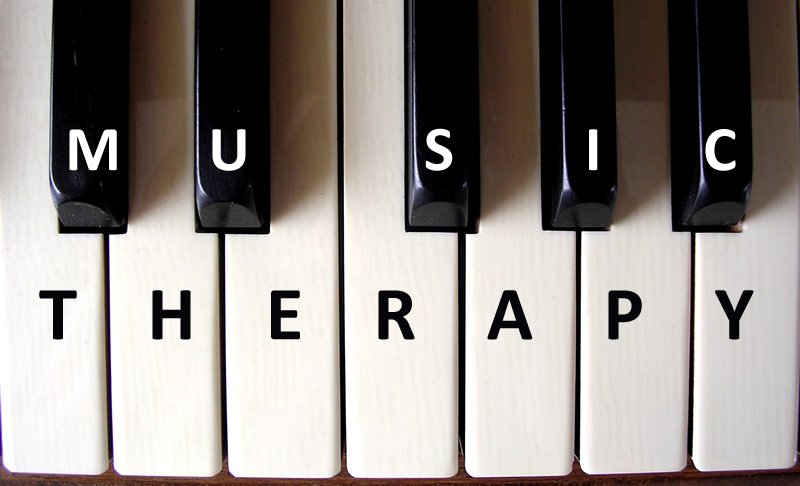“In music therapy, the therapist interferes in the recovery process based on proven methods, and contributes to the improvement of the patient’s physical and mental condition by using all physical, mental, social, spiritual and aesthetic aspects of music,” said Zahra Noparast, the Director General of State Welfare Organisation’s Office of Daily Rehabilitation.
“We use music therapy for the disabled in such provinces as Hamadan and Kordestan, and will offer it in all provinces in the near future,” she added, according to a report by IRNA, as translated by IFP.
“Last year we had painting therapy for our clients; this year we considered music therapy to promote the use of art therapy in our daily and overnight rehabilitation centres across Iran.”
“We use didactical methodology to serve the disabled,” she said. “Setting up a special room for art therapy and painting has been obligatory in all our mental rehabilitation centres since last year, and we have provided them with some standard tools.”
“In the recovery process, we often use primary musical instruments (such as Orff instruments and harmonica). We train the teacher to realize what method is more effective in his client’s recovery, so not all instruments or music genres are used,” she explained about the use of musical instruments in the process of therapy.
“We choose the genres that make our patients calm.”
“Music therapy is for all patients, but we use painting therapy for our intellectually disabled clients,” she stated.
“In State Welfare Organisation centres, art therapy is often free; however, some families prefer to send their children to private centres,” she noted, adding that within the last year, 403 art teachers have been trained for art therapy.
“Each rehabilitation centre receives nearly $1,300 for all the expenses such as buying educational tools and employing teachers,” she said about the credit allocated for art therapy in welfare centres.
According to studies carried out by State Welfare Organisation, 2% of Iranian population show symptoms that cause them to need rehabilitation; in other words, about 1.5 million people in Iran have above average disabilities. At this moment, almost 1.3 million people are registered as disabled persons in State Welfare Organisation, 36% of which are female and 64% male. This includes 10.5% with visual disabilities, 40% with physical and mobility disabilities, 8% with permanent mental disabilities, 14.5% with hearing disabilities, and 1.5% with speech disorders.
Art therapy includes psychotherapy based on creative activities, using artistic, visual and audio materials and methods. Painting therapy is a branch of art therapy, being used as some form of psychoanalysis. Reducing aggressive behaviour is a result of this method.
